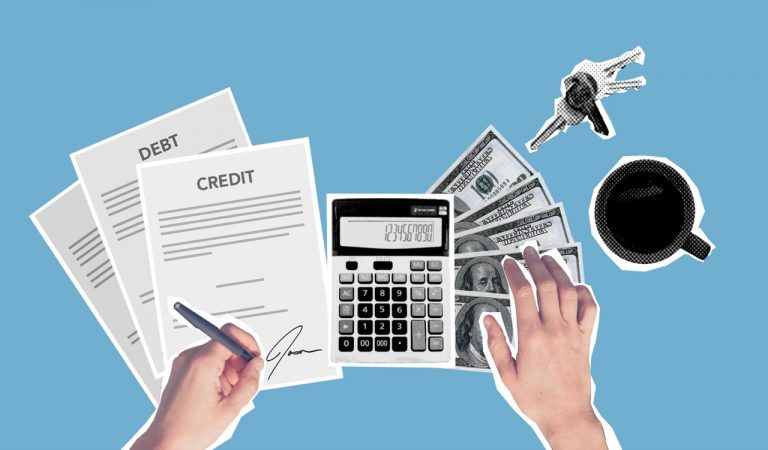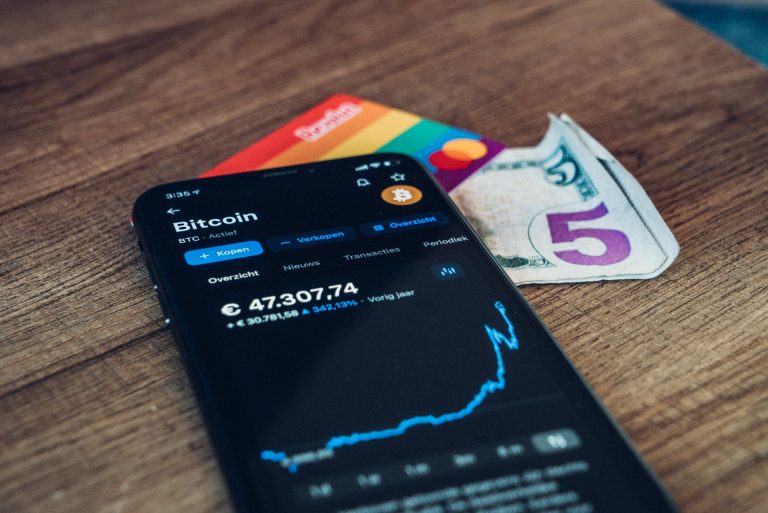Is Debt a Sin?
In the recent world bank report published in the first week of January, the Washington D.C.-based group said there had been four waves of government debt accumulation over the last 50 years. In 2018, for instance, global debt climbed to a record high of about 230% of gross domestic product (GDP). The critical drivers of the national debt level are government expenditures on welfare programs such as health insurance, education, and social security. The report, aligned with the premises of standard macroeconomic theories, warns that these episodes will not have a happy ending. The recommendation, therefore, is to reduce these public programs. The issue is that these results are generated by unrealistic assumptions about interest rates and the economics of financial institutions that motivates supply-demand frameworks. Once we consider more sensible assumptions, there might be a happier ending for governments’ initiatives to support welfare programs.
To elaborate on this point, let’s start by understanding the Market for Loanable Funds model that is the most preliminary yet well-known supply and demand framework to study the effects of government debt. This theory predicts that higher government budget deficit reduces national saving, which is the source of the supply of loanable funds. Because the public debt does not influence the amount that households and firms want to borrow to finance investment at any given interest rate, it does not alter the demand for loans. As a result, the supply-demand framework suggests that in the new equilibria, the interest rate will rise. Higher interest rates, in return, crowd out private investment by increasing borrowing costs. This process will create a vicious cycle that undermines economic growth since investment is one of the main components of aggregate output.
The challenge is that these models are based on very unreliable assumptions. First, they assume that there is only one type of financial institution in the market for the loans. These institutions’ only resource to make these loans is the savers’ money. In reality, however, rather than being merely an intermediary between the savers and the borrowers, financial institutions use their balance sheets to create private credit. Furthermore, these theories propose that demand and supply forces in the credit market are the primary determinant of the interest rate. In modern economies, nevertheless, the interest rate is set by the ability and willingness of these institutions to use their balance sheets and continue making the market for new loans. This ability depends on factors such as their access to short-term funding rather than supply and demand forces. To sum up, once we take more realistic assumptions into account, we might find a happier ending for governments’ decisions to finance programs such as health insurance and unemployment benefits that enhance public welfare.
Questions:
- Explain what a crowding out effect is.
- Why are interest rates important for economic growth?
- Using the Market for Loanable Funds model, explain what determines the interest rate.













